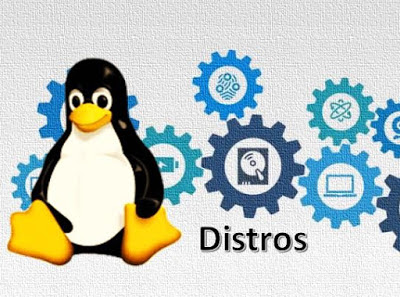What is Linux?
Linux is based on the UNIX operating system. It must be made clear that Linux is not UNIX, though. It is own operating system, with its own nuances, its own quirks, and its own special features. It was written from the ground up by hundreds of developers spanning the globe, with the majority of the development taking place over the internet.The original idea behind Linux germinated in the early 1990s, at the Helsinki University Technology in Finland, by a Swedish student named Linux Torvalds. What began in 1991 as a project to provide an alternative to the Minix operating system became something of a movement when the first ALPHA grade Linux systems-generally in the form of a root and a boot disk-made their way to the internet. Back then the number of Linux users could have been counted in the dozens, but that soon changed.
Within a few years, the Linux development team, having expended to include not only driver and kernel developers, but also software developers and enthusiasts who worked feverishly to port open-source UNIX software to Linux, had gained significant attention from the computer industry.
Soon, what was considered a typical Linux system grew to the point of being unwieldy and difficult to maintain. Eventually, groups od people started pooling their efforts to create what are known as Linux distributions, or predefined sets of software packaged with the Linux operating system. These were typically distributed such as SLS and Slackware quickly became popular among Linux enthusiasts for their relative ease of installation and frequent updates. By coincidence, the prices of CD-ROM drives dropped at about the same time that are made to be installed from disks are rare. It is notable, however, the there are still distributions of Linux that fit on one or two floppy disks. While these are generally used for recovery, or occasionally to boot a diskless workstation, it is important to recognize that the Linux kernel an the parts required to get a working system are just a small part of a distribution.
For a while it seemed that everyone wanted to make his or her own Linux distribution. For the most part, these distribution different only in the sets of software that they included. As time passed, the various distribution diversified their offerings, sometimes adding software written for the distributions themselves (such as packaging utilities and graphic interface) in an effort to differentiate themselves from the rest. Some offered subscriptions, where you get quarterly updates for a set yearly fee; others added technical support and moved in a more commercial direction. In time, even commercial software packages that had been ported to Linux were included, adding to Linux's commercial viability.
Many of the original distributions still exist, but they are mostly used by hobbyists and in academic scenarios. There is currently only a handful of actual commercially produced and supporting Linux distributions.
Tip- Various Web sites that contain more information on the history and development of Linux are available, such as https://www.linux.org See Appendix B, "Finding More Information on Linux," if you want to locate other sources of Linux history.
Note:- One of the most confusing-and pointless-arguments that has ensued within the Linux community involves how to pronounce Linux. However you pronounce it is fine, but the official pronunciation sounds like "lint-tux" without the Ts. to hear Linux Torvalds, the original author of Linux, pronounce "Linux," type the following on Red Hat and similar distributions:$play /usr/share/sndconfig/sample.au





0 Comments